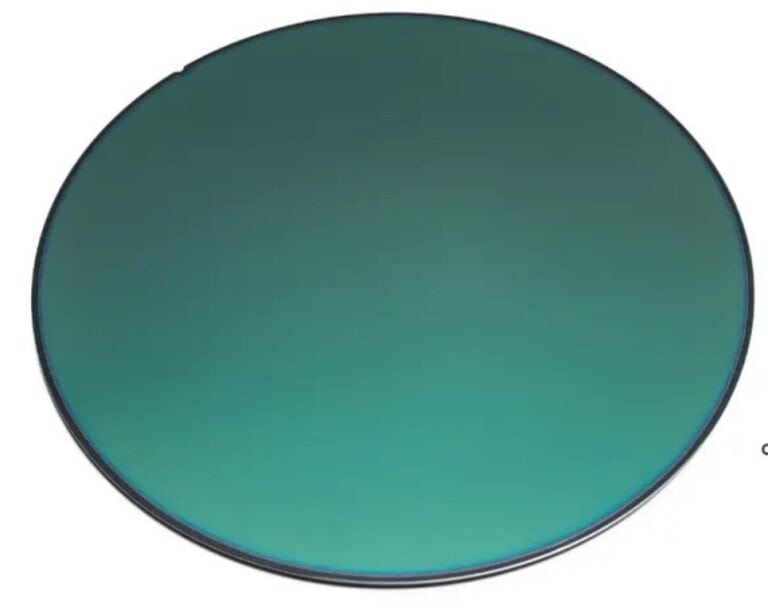The Leuven-based research center imec has developed a thin film that enables electro-optical materials to function at extremely low temperatures. This breakthrough paves the way for faster quantum computers and networks, which operate under these conditions.
Quantum computers run at temperatures close to absolute zero. This is the lowest possible theoretical temperature, equivalent to -273 degrees Celsius or 4 Kelvin. At such extreme cold, most electro-optical materials fail. They can no longer control light efficiently, which renders chips with these components useless. Light is crucial for encoding and transmitting information in electro-optical circuits.
Optimal performance in cold conditions
In collaboration with the universities of Leuven and Ghent, imec demonstrated efficient light modulation using a thin strontium titanate film (see photo). imec reports that an effective Pockels coefficient of 345 picometers per volt was achieved. The Pockels coefficient indicates the change in refractive index induced by an applied electric field. The higher the coefficient, the more efficiently light can be modulated per volt.
The used material even appears to prefer these extreme temperatures. The performance of strontium titanate deteriorates at room temperature. At absolute zero, it also exhibits only limited optical losses.
This demonstration is supplemented by information from a second study, led by a team at Stanford. This study shows that the electro-optical response of strontium titanate can be specifically adjusted and expanded at 4 to 5 Kelvin. In quantum photonics, this property can be used to manipulate light particles (photons) with electrical signals precisely.
Applications
The breakthrough opens the door to numerous new applications, and imec sees many possibilities within quantum applications. The research center has in mind a new generation of quantum interconnects, modulators, and transducers. In time, these could connect superconducting processors with optical networks.
The material can be processed on industrial wafers, enabling mass production. This is important for future quantum applications, as the technology must be scalable to remain relevant.
Read also: Patrick Vandenameele succeeds Luc Van den hove as CEO of imec
